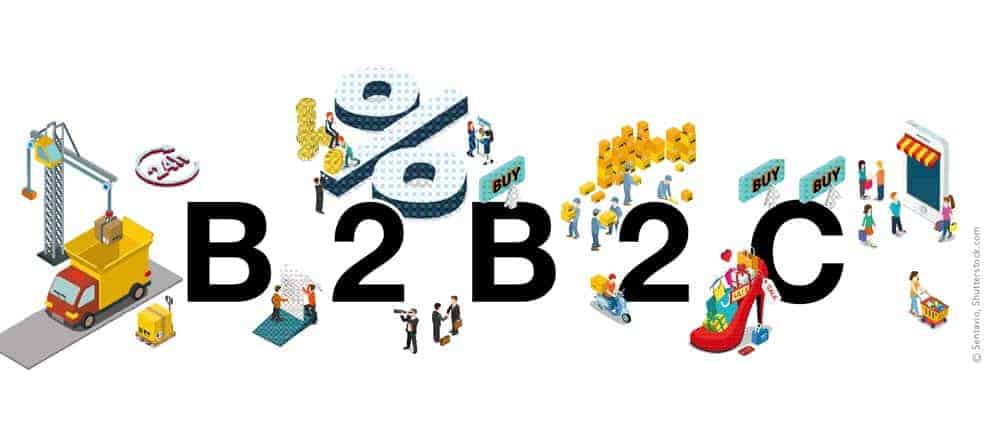E-commerce and SAP


SAP users have to overcome a number of hurdles when digitizing their business processes and integrating e-commerce processes into SAP. Among other things, this affects the areas of change management, customer relationship management, pricing and variant configuration.
Four of the most important challenges in integrating e-commerce platforms and SAP and how these can be overcome in the company are: change management, customer relationship management, pricing and the issue of variant configuration.
Change Management:
In order not to disrupt normal operations, e-commerce often remains an isolated solution with separate processes. But to meet today's global customer, companies must themselves act globally by integrating all specialist departments.
Such changes require good change management that picks up both the business departments and the IT department in their sphere of influence.
This is best achieved when the e-commerce department acts as a project management office (PMO) and the IT department simultaneously develops the technical processes further and coordinates corresponding measures.
Customer Relationship Management:
By combining ERP and CRM, new potential for sales and marketing can be tapped thanks to existing customer data. In addition, marketing processes such as target group selection and campaign management are optimally supported.
The difficulty here lies in the design and introduction of necessary processes with corresponding responsibilities. Because only those who know their customers on the Internet precisely have an advantage and can sell better than the competition.
It is important to tailor systems for the existing and intended company situation. This in turn requires a qualified analysis.
With Customer Engagement and Commerce (CEC) - the combination of Hybris and CRM - SAP has chosen an approach that is equipped for many business models.
Pricing:
The Internet holds all the information at any time - products, alternative offers and, of course, prices. Price is a decisive factor when buying online and therefore a must.
But what is self-evident for B2C companies often collides with complex pricing models and individually negotiated conditions in B2B.
In pure B2C scenarios and simple B2B models, it is perfectly possible to import the price information from SAP into the store at regular intervals without any major effort.
However, if a B2B company wants to serve A, B and C customers with the same platform, it is advisable to get the store visitor to log in early on so that individual price offers can be displayed.
Variant configuration:
For online sales of configurable products, SAP offers a fast, standardized integration solution for variant configuration. The challenge is to make the interaction between the store and SAP run smoothly.
After the store and SAP systems have been linked, product variant models can be created in SAP, which the store system can access.
SAP takes care of the entire configuration management, while the additional enrichment for attractive online presentation is performed downstream by the store system.
The Internet and the increasing digitalization of society present companies with new challenges in terms of transparency and speed, which cannot always be reconciled with classic ERP approaches.
A perfect interplay between fast, permanently changing cycles in e-commerce and binding, rather static-looking processes in SAP is a prerequisite for successful implementation of digital business models."






